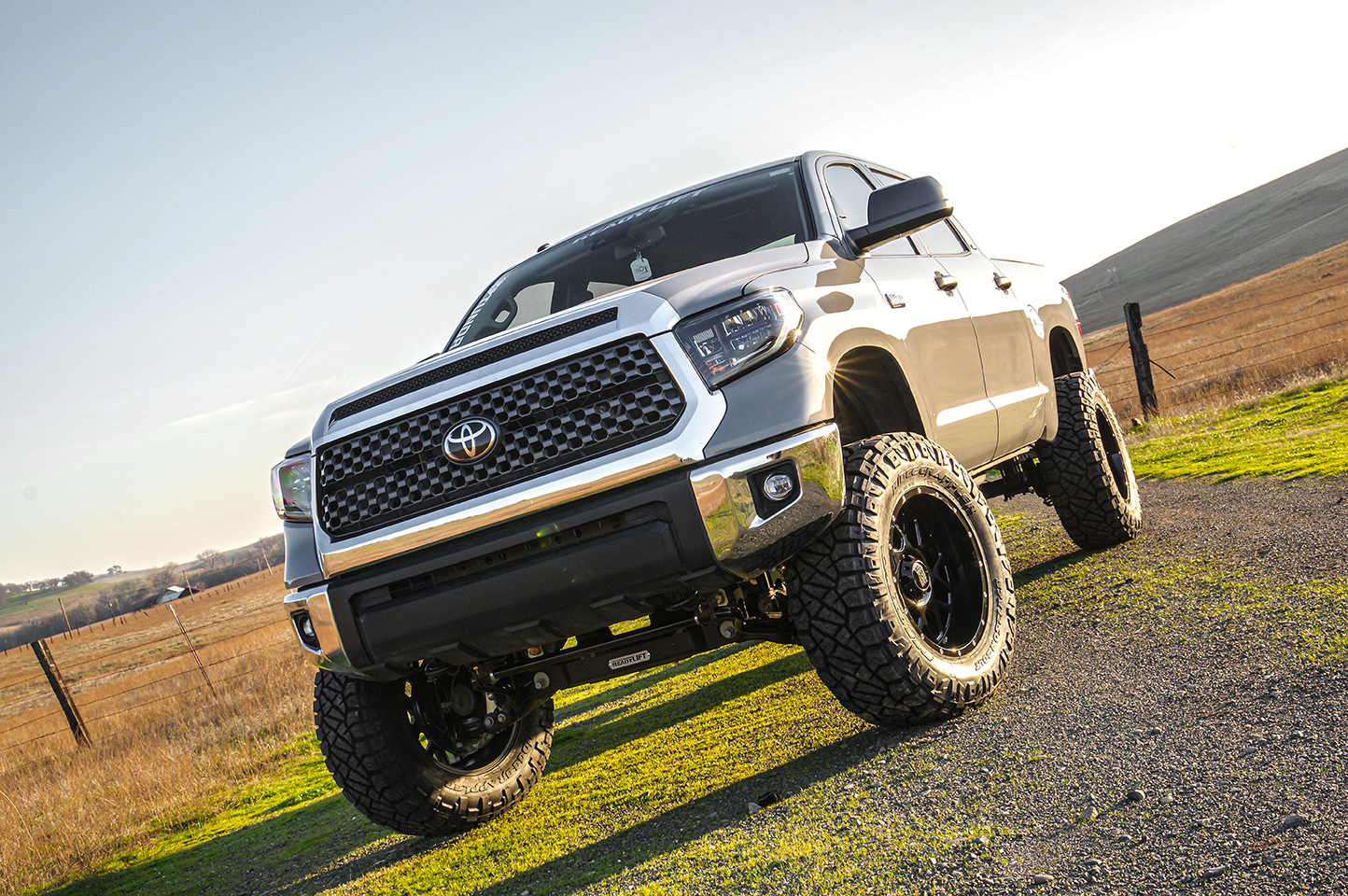It’s a fact of life that there will come a time when you’ll need to replace your car’s tires. Whether the tread is worn out, you hit that pothole a little too fast, or you drove over a nail, you’re going to have to bite the bullet and get new ones eventually. When you do, make sure that you consider the tire speed rating.
Speed ratings indicate the load capacity of tires, and they also measure how fast a tire can safely drive for at least 10 minutes. For instance, when you see 94T, this means that the load rating is 94 and the T indicated is the speed rating. The typical speed ratings are S, T, H, Y, U, W, and V. It is important to buy tire replacements with the same speed rating as your original car tires to ensure your car’s roadworthiness and performance.
Higher Tire Speed Ratings
Car manufacturers are now equipping brand new cars with tires that have increased speed ratings from the past. Nissan, Cadillac, Toyota, and Honda are currently using higher original equipment or V-rated tires on approximately 70% of their brand new vehicles.
A V rating represents 149 mph but no faster. W, on the other hand, means the tires can achieve maximum speeds of up to 168 mph. Typically, the further along you go in the alphabet, the higher the speed rating. The exception to the rule is “H” at 130 mph which comes after “U” at 124 mph.
It is not recommended to choose lower speed-rated tires just because they’re less expensive, and you should be extra careful to replace any bad tires with the same rating as the rest of your tires.
Why are there speed ratings in the first place?
Car manufacturers select a specific speed rating for your car because the vehicle is specially designed around the performance of the tires. If you are used to driving a car with a certain speed rating, then equipping it with a new speed rating (Example: V-rated to a W-rated) will create a world of difference. This will change your overall vehicle performance and your driving as a whole.
As for determining the rating that you need, rural speed limits are 75 mph, but drivers usually stay below this limit. For family cars, S or T-rated tires are more than enough. Sports cars and 4WD car owners are looking for the higher-rated V, W, or Y tires, while N, P, Q, R, T, and even H are ideal for light trucks.
Experts frown on the practice of mixing and matching lower and higher speed-rated tires on one vehicle. It can lessen your car’s ability to handle wet road conditions. Additionally, your maximum mph will be based on the lowest speed-rated tire you have.
The better alternative is to maintain the same speed rating for all tires. These ratings were based on careful research and lab simulation. They wouldn’t be recommended if they weren’t ideal for your car’s safety and performance.





